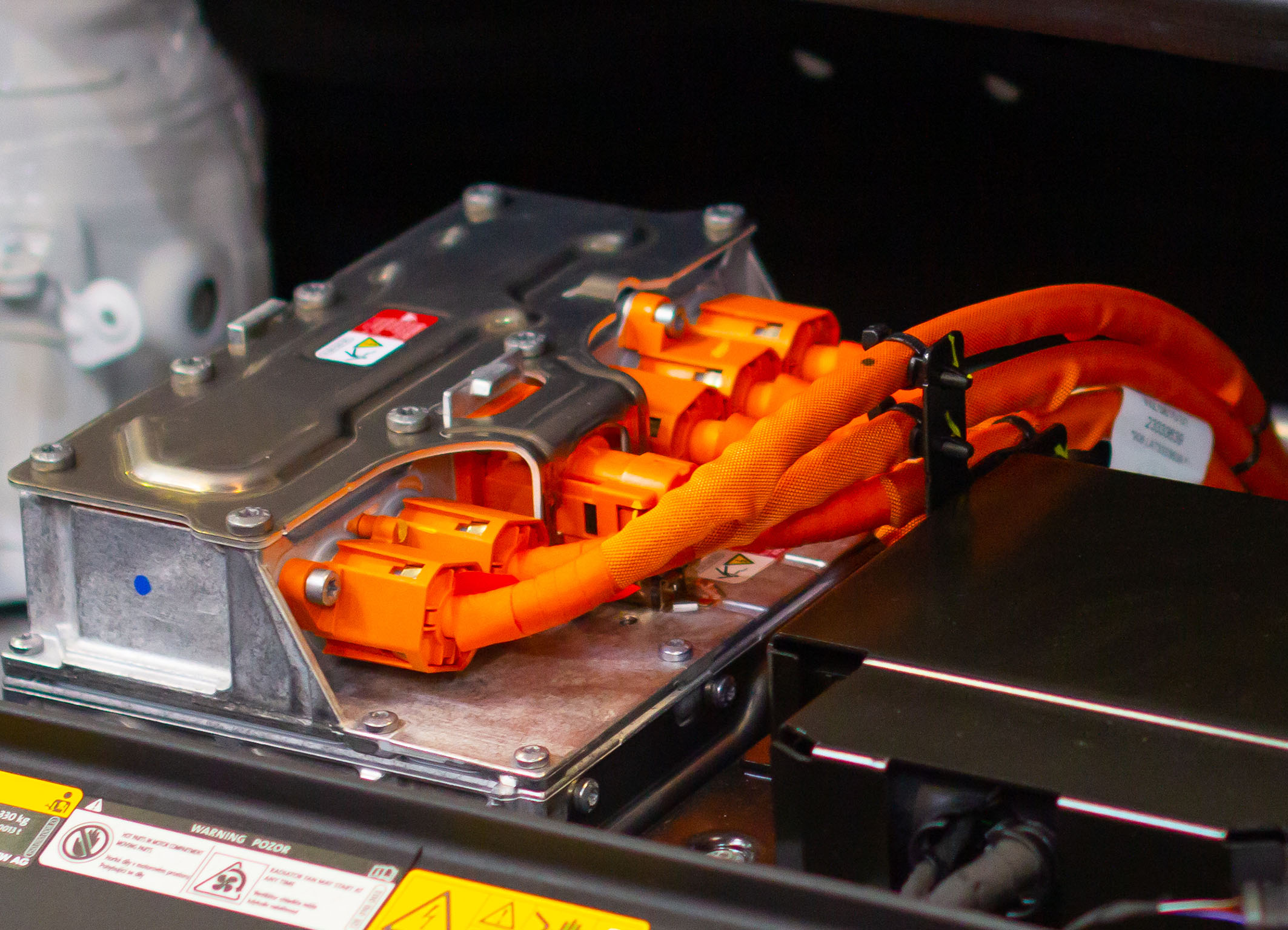Bulk metallic glasses (BMGs) have been in the news because of Apple’s research into their potential in consumer electronics devices such as iPads.
They also have significant potential to create injection mold inserts with nano-scale features.
In an article published in Materials Today, Michael Gilchrist, David Browne and colleagues at University College Dublin describe the potential for BMGs, which were discovered at CalTech about thirty years ago. They are a sophisticated brew of exotic metals which–if processed very carefully–form amorphous structures. Most metals have crystalline structures.
The amorphous structure means that BMGs can be injection molded like plastics and they can be machined with microscopic precision below the grain size of conventional metals. They also retain the strength and durability of normal metals.
Gilchrist and his colleagues showed how microscopic features can be machined on to the surface of a BMG. The tool steel typically used in molds cannot be machined with better than 10 micrometer precision because of its crystalline grain structure.
“Our technology is a new process for mass producing high-value polymer components, on the micrometer and nanometer-scale,” says Gilchrist. “This is a process by which high-volume quantities of plastic components can be mass produced with one hundred times more precision, for costs that are at least ten times cheaper than currently possible.”
Plastics components can have surface features of a similar size to mammalian cells at 10 micrometers or even the smallest viruses at less than 100 nanometers. The new manufacturing process could thus allow “lab-on-a-chip” devices to be constructed that could handle and test samples containing single cells and viruses or large biomolecules including DNA and proteins.
“These precision plastic parts are the high value components of microfluidic devices, lab-on-chip diagnostic devices, micro implantable components and MEMS sensors,” Gilchrist adds.
Once the technology is extended to the tens of nanometers length scale, the team suggests that it could be used to make high-volume, low-cost, information storage systems. The team is currently optimizing their technology with this goal in mind.
The research team concludes, “The worldwide trend of miniaturization means that these devices and components are getting progressively smaller and smaller; the problem faced by today’s technologies is that they will soon be unable to manufacture at these smaller dimensions at competitive prices. If you just consider the microfluidic devices market without the biological content: this is forecast to reach $5 billion by 2016.”
Source : http://www.plasticstoday.com/articles/metallic-glass-inserts-eyed-lab-chip-microfluidics0524201201







